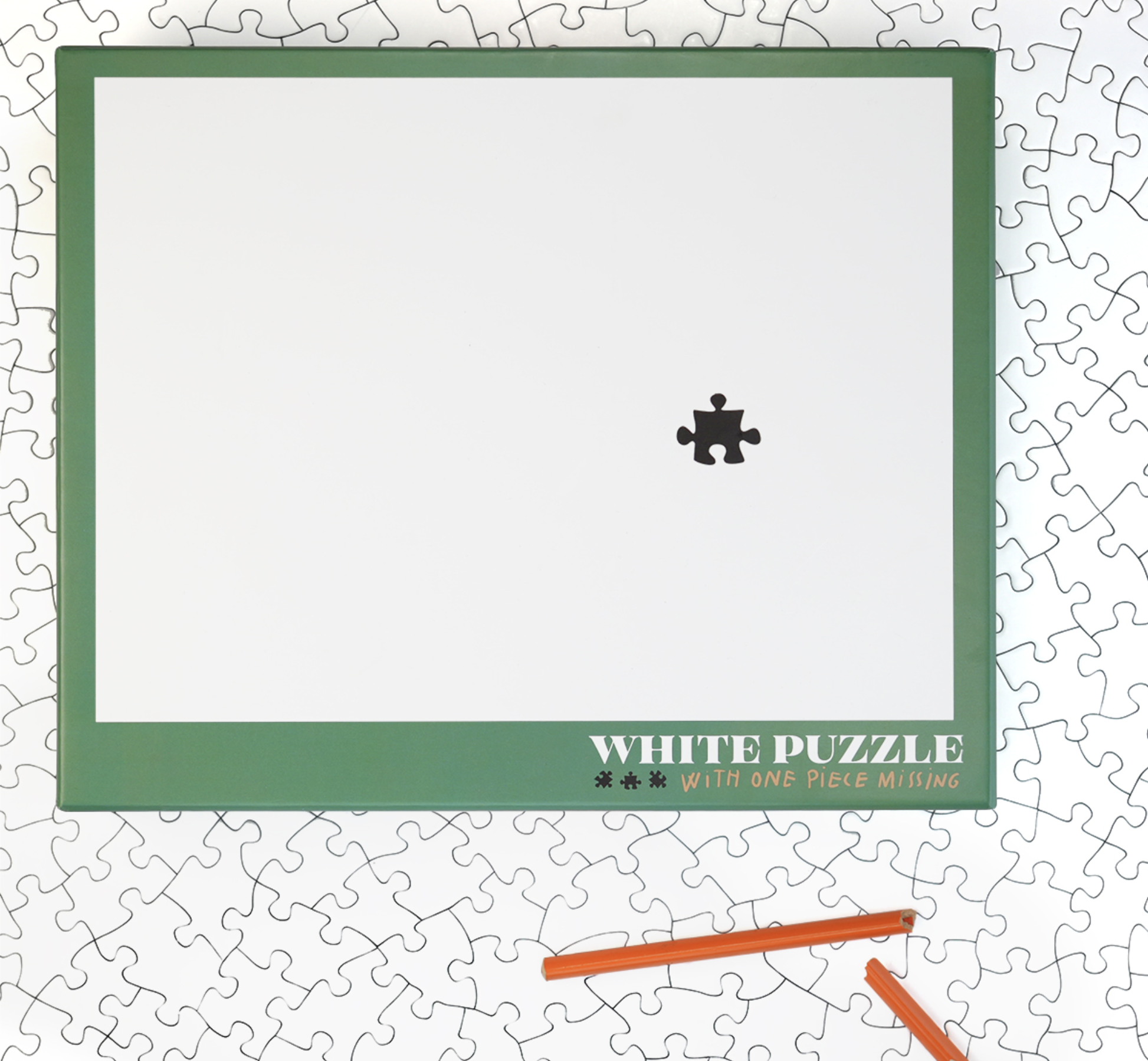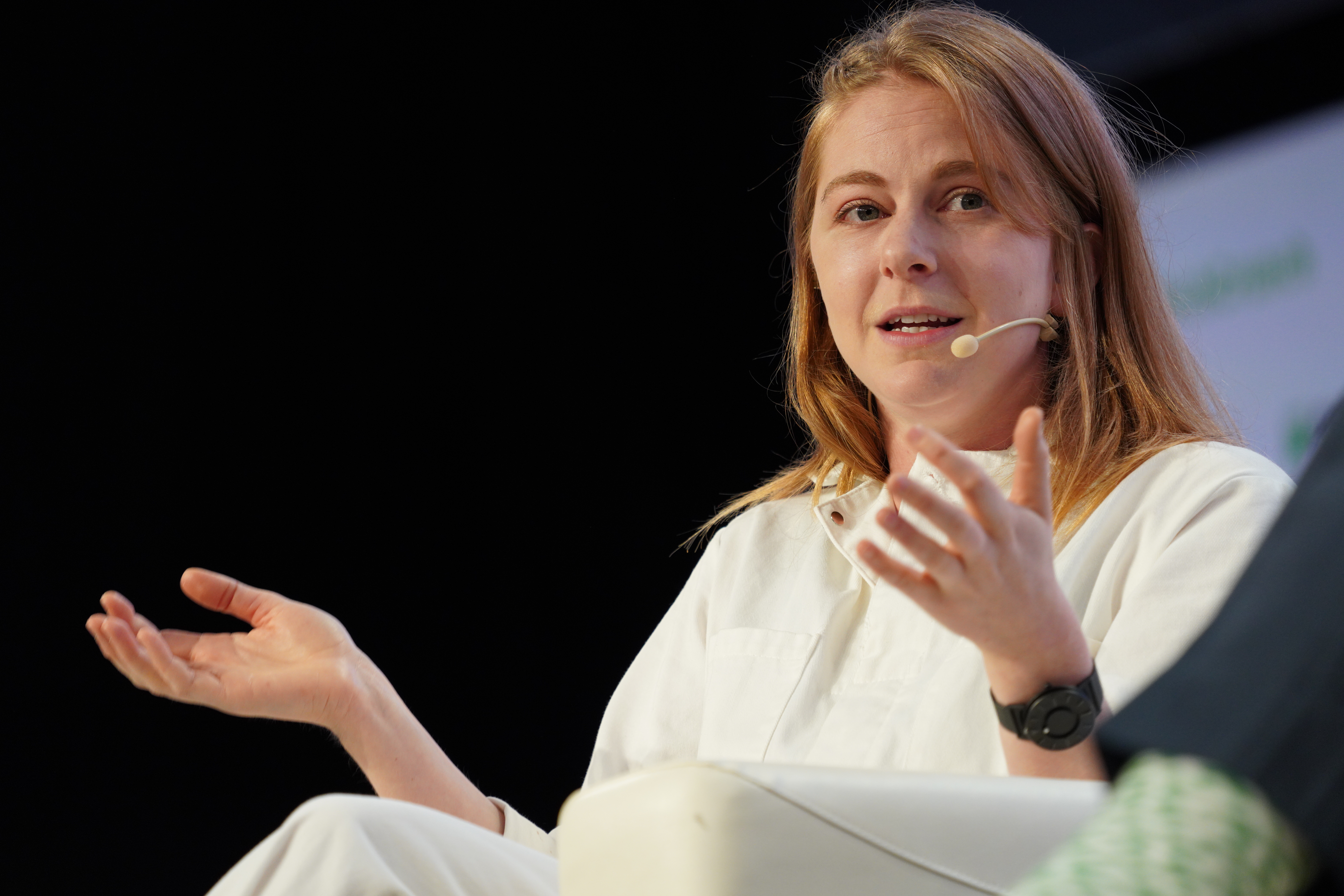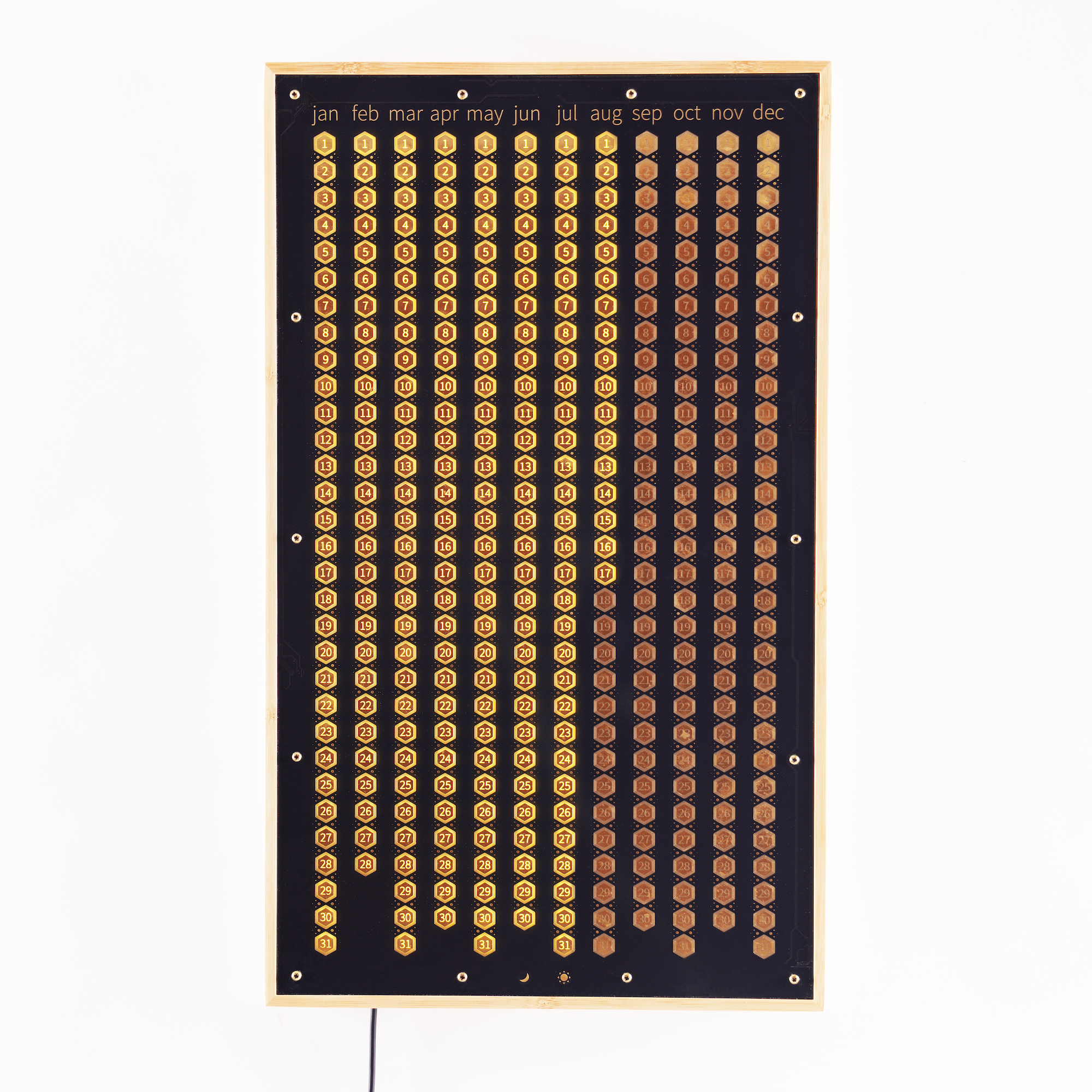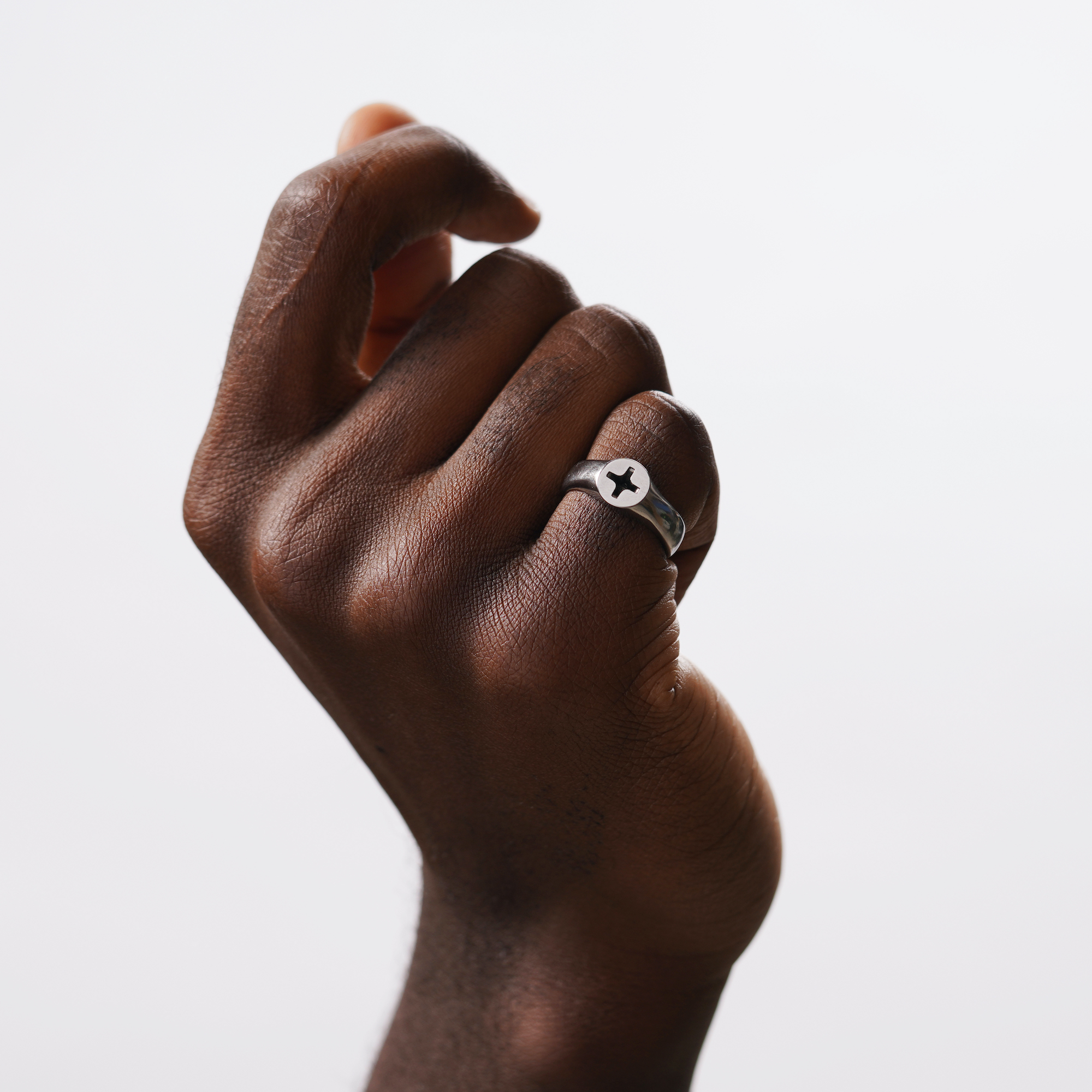“I’m happy to not be royalty,” Simone Giertz laughs. “I’m happy to be a women who does things.”
YouTube’s one-time Queen of Shitty Robots didn’t renounce her crown so much as outgrow it. A few years back, the time came to put away the breakfast machine, the lipstick robot and the Styrofoam mannequin head that slams into a keyboard and kind of rolls back and forth in a rough approximation of internet commenting.
“It just started feeling disingenuous,” she explains. “If I’m not proud of it, what should I do? It’s been really interesting to find ways to shift it as I shift.”
Outside of online videos, that meant moving from San Francisco to Los Angeles at the tail of a self-described “musical chairs for cities.” For the time being, at least, this one feels more permanent. Giertz purchased a house, where’s she’s been able to lifehack her way out of the traditional LA commute by setting up a workshop in her backyard.
The house itself inevitably became her canvas. “I feel like I’m skipping through a field of build possibilities,” she says. “I want to build a roof deck and I want there to be a slide down to the courtyard outside of my workshop.”
Filling the house full of projects has been its own reward — and fodder for the latest phase of Giertz’s YouTube journey. There’s the wooden leaf-covered storage bed, the plant chandelier and a chair that allows her three-legged rescue dog Scraps to sit next to her as she works on her computer (as is the case on our current Zoom call). In September, she debuted the mechanical table with a manual hand crank that reveals a surface for doing jigsaw puzzles.
That last one played a lead role in this week’s “Is this the world’s worst jigsaw puzzle.” The video opens with a 19-hour, 23-minute time lapse of Giertz assembling an all-white, 499 piece jigsaw puzzle. There is a notable absence — a small bit of negative space where piece 500 should go. But as the title implies, it’s all by design. “It’s not the worst way I’ve spent my time,” she says in the video. “Once I locked myself in the bathroom for 48 hours, and I would much rather do this.”

Image Credits: Simone Giertz
Giertz clearly has some work to do in the pitching department (“Five Stars, Better Than Being Locked in a Bathroom”) for what turns out to be one of her first products. The video also serves as a backdoor launch for Yetch (her last name spelled phonetically in English), a new online store where you can currently pre-order “Incomplete White Puzzle” for $35 for those rainy weekends when chilling next to the toilet just isn’t cutting it.
Yetch, she’s quick to explain, is more than your standard YouTube influencer merch store. It’s a step toward realizing the shape her work will take in a world beyond shitty robots. It’s a subject Giertz touched on when I spoke to her onstage at the last Disrupt before the world ended. She sat the Everyday Calendar on the table between us. Currently available on the site for an extremely on-the-nose $365, the product first appeared in a 2018 video, in which Giertz details the role it played in helping her develop a daily meditation habit. With light-up days set on a gold-colored printed circuit board, the calendar got its own Kickstarter campaign, raising nearly $600,000 on a $35,000 goal.

Giertz (left), My ankle (right). Image Credits: TechCrunch
It was a perfect template for a career pivot — one that married current success with future ambitions: make a YouTube video about creating a product, sell the product, repeat. Though Giertz says such ambition dates back well before she began work on her first shitty robot.
“Even before I started my YouTube channel, I remember seeing some videos about IDEO and how they worked in developing products and solving consumer problems,” she says. “I remember running and showing my mom and being like, ‘I finally know what I want to do!’ I showed her the video and she was, like, ‘well, that’s always what you wanted to do. You’ve always wanted to solve problems and make things.’ I just never but the two together.”
The pandemic — and personal health struggles that predated it — helped motivate the decision to graduate projects into products.

Image Credits: Simone Giertz
“Finding out that I had a brain tumor, there was this sense of having to take a backseat to my own life,” Giertz says. “These were circumstances that were completely out of my control, and I was just going to have to roll with the punches and try to make the best out of the situation. I was so excited about 2020, I was finally healthy, and it was going to be my year. And then the pandemic happened. It really felt similar. We’re just going to try to make the best out of the situation and try to work within these limitations. It was an opportunity to slow down my schedule and have a lot of time building things. And I think that has directly led to that product business, because otherwise I was just rushing through projects and trying to do them as quickly as possible for camera.”
Yetch’s selection is small — in addition to the two products above, she’s selling a pair of complementary rings: a screw and a screwdriver. Those projects that graduate to the product phase are assessed by her small, upstart team to begin the difficult process of bringing a product to market. That includes manufacturing, navigating supply chains and — in the case of the first product — recognizing that it’s harder to create a puzzle with a missing piece than it is to design a complete puzzle and manually remove one.
The missing pieces will then be mailed to Giertz.

Image Credits: Simone Giertz
Above all, the products represent the thesis at the center of much of her work: the interplay of the useful and useless. “The tagline for Yetch is unique solutions for everyday problems,” she explains in the puzzle video. “So, obviously, the first product I’m going to show you doesn’t live up to that, at all.”
For her part, Giertz sees no conflict. “I don’t think it needs to be a battle. For me, they seamlessly coexist, because the useless leads to the useful. And the useless helps bring a playfulness and an openness that lets me think in ways I wouldn’t otherwise. If I were to sit down, thinking, ‘I should come up with something great,’ I’m never going to do that. I’m going to choke. So the useless is an end goal, and they’re entertaining on their own.”
source https://techcrunch.com/2022/05/06/simone-giertz-goes-from-projects-to-products/

0 comments:
Post a Comment